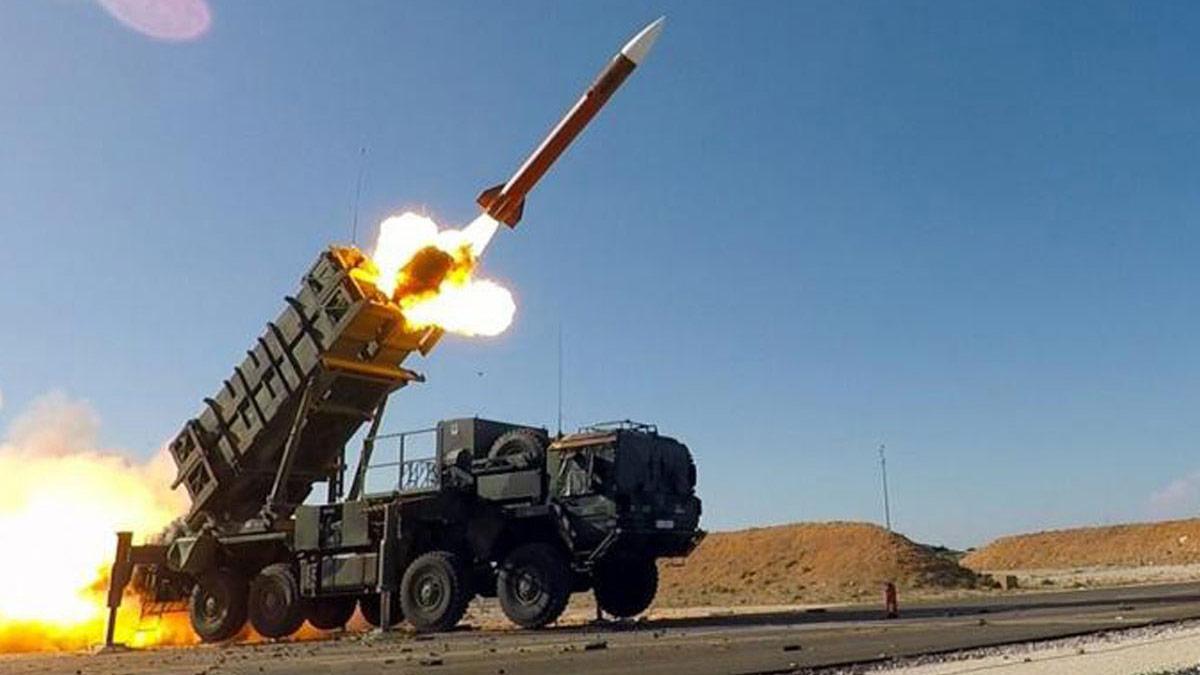Russia has agreed to supply the next two squadrons of S-400 Triumf air defence missile systems to India by 2026–27, The Times of India reported. The systems were crucial in the just-concluded Operation Sindoor, which witnessed increased military tension between India and Pakistan last month.
The completion of the fourth and fifth S-400 squadrons, initially planned by the end of 2023, was postponed amid disruptions in supply caused by the Russia-Ukraine war.
Indian Defence Minister Rajnath Singh and Russian counterpart Andrey Belousov deliberated on the progress of the delivery during a bilateral meeting on the sidelines of the SCO defence ministers' conference in Qingdao, China, sources informed TOI.
"We had very good deliberations on strengthening India-Russia defence cooperation," Singh posted on social media platform X.
India had signed the $5.43 billion (Rs 40,000 crore) deal in 2018 for five squadrons of the S-400 system, with each squadron comprising two missile batteries, long-range radars, and support vehicles. A battery carries 128 missiles that can destroy aerial targets at a distance between 120 km and 380 km.
At present, the Indian Air Force (IAF) has inducted three squadrons—strategically located in the northwestern and eastern borders to counter threats from Pakistan as well as China. "According to Russia, the fourth squadron will now arrive next year and the fifth one in 2027," TOI reported, quoting an unidentified source.
During the May 7 to May 10 cross-border exchange of fire with Pakistan, Islamabad stated that it had hit the Adampur airbase and destroyed an S-400 battery stationed there. Modi, the Prime Minister, paid a visit to the base on May 13 and stood in front of an S-400 system's transporter-erector-launcher vehicle, openly rejecting Pakistan's assertion.
The S-400 is the longest-range layer of India's multi-layered air defence system. It is networked into the Indian Air Force's IACCS (Integrated Air Command and Control System), allowing quick threat detection and interception of enemy aircraft, drones, ballistic missiles, and surveillance platforms.
Concurrently, India is also progressing with an indigenous option. The Defence Research and Development Organisation (DRDO) is creating a long-range air defence system as part of the ambitious Project Kusha. Capable of intercepting targets 350 km away, the system has been cleared for purchase, with the defence ministry approving "acceptance of necessity" for five squadrons at an estimated Rs 21,700 crore cost in September 2023. The domestic defence solution is likely to be operational by 2028-29.
Read also| Report: U.S. Strikes on Iran Left Nuclear Sites Intact


















